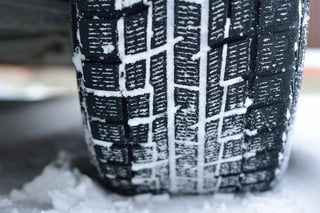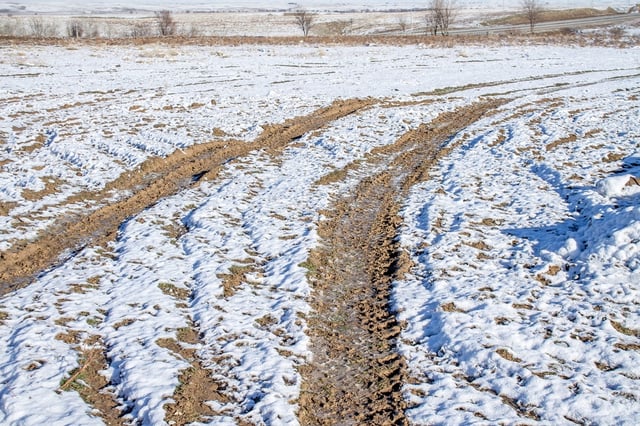 Preparing your school bus fleet for the winter months can save you time by preventing malfunctions and money in potential repairs. One key area of focus that is sometimes overlooked is maintaining and replacing shock absorbers. Failure to inspect and repair damaged or malfunctioning shocks can lead to more than just an uncomfortable ride — it can cause unsafe driving conditions.
Preparing your school bus fleet for the winter months can save you time by preventing malfunctions and money in potential repairs. One key area of focus that is sometimes overlooked is maintaining and replacing shock absorbers. Failure to inspect and repair damaged or malfunctioning shocks can lead to more than just an uncomfortable ride — it can cause unsafe driving conditions.
What are school bus shock absorbers?
A shock absorber is essentially a hydraulic oil pump that helps control a vehicle’s impact with the road. Shocks work together with your air springs and suspension to ensure you drive safely regardless of whether you are on pavement or dirt. As a school bus moves over terrain, the chassis may bounce. Shocks absorb the kinetic energy that is created from that bounce. When working properly, shock absorbers provide cushioning and make sure your tires stay where they belong — on the road.
Inspect your shocks before the winter hits
If you live in a flat area with newly paved roads, the wear and tear on bus shock absorbers may be minimal. However, during the winter months, buses take a beating from snow, ice, and potholes. Like windshield wipers or brakes, shock absorbers need to be replaced regularly.
 Check for the following symptoms to determine if your shock absorbers are in tip-top shape:
Check for the following symptoms to determine if your shock absorbers are in tip-top shape:
- Uneven tire wear
- Torn air springs
- Ride deterioration
- Excessive vibration
- Premature wear
- Sagging taper leaf springs
Remember, your shocks contain oil, and without this fluid they will cease to operate properly. No liquid means no pressure for the hydraulic pump to work against, which translates to a dangerous and bumpy ride. If you or your drivers are unsure if your school bus shock absorbers need replacing, contact an experienced bus mechanic as soon as possible.
Dangers of worn out or damaged school bus shocks
Again, shocks don’t just smooth out your ride — they keep your bus on the ground. The following are a few of the dangers related to damaged school bus shocks:
- Failure to stop: Worn out shock absorbers may impact your ability to stop. Since shocks help your tires maintain contact with the road, if they aren’t working properly, your tires may not grip the pavement. This in turn affects your brake system’s ability to slow down or stop the vehicle.
- Side-wind veering: For school buses, which have much more surface area than most other vehicles, the force of side-winds can be intense. Now imagine that your shock absorbers are worn out and causing your school bus to bounce more than normal. Get the picture? High winds combined with bad shocks can result in a bus veering into another lane or even rolling over.
- Inability to traverse snow and ice: In addition to holiday cheer, the winter brings the most dangerous driving conditions of the year. Snow and ice are already difficult to drive over with working shocks. Should your shock absorbers fail, it may be impossible for you to safely operate your bus through snowy conditions.
Whether your bus fleet is 10 years old or brand new, it must be routinely inspected and maintained. At the start of every school year and before every winter season, make it a point to train your drivers on vehicle safety. Stress the importance of ensuring brakes, wipers, lights, tires, shock absorbers, and other components are in prime working order.





